What's inside a laptop?
First, to see the inside of the laptop, you need to open the protective cover on the bottom of the machine. The lid is usually fixed by screws, you need a screwdriver and the right size screw head to open it. Remember to work with your hands firmly to avoid tearing the screw head, leading to difficult disassembly in the future.
After disassembly, you will see the components inside the laptop including:

The largest component is the battery. Previously, laptops had a removable battery design without opening the bottom cover, but now most machines have an internal battery type, you have to open the bottom cover and then turn the screw to remove it. get battery.
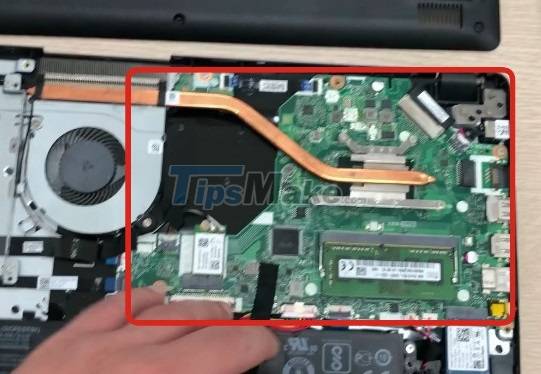
Next you will see the motherboard with the characteristic blue color, the motherboard is where the CPU, RAM, SSD. and is responsible for connecting these components together.
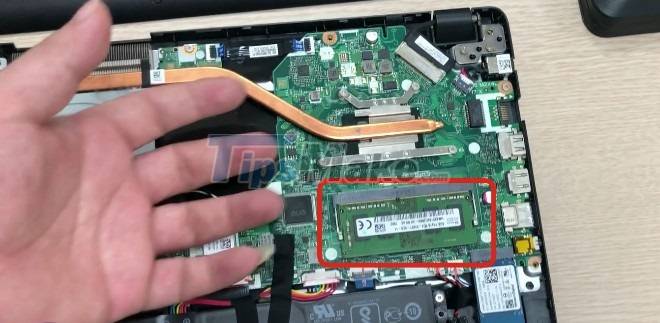
Next is RAM, random access memory. Due to space constraints, laptop RAM size is smaller than desktop RAM. Disassembly is also different, but not too difficult. You can easily manipulate to change or clean.
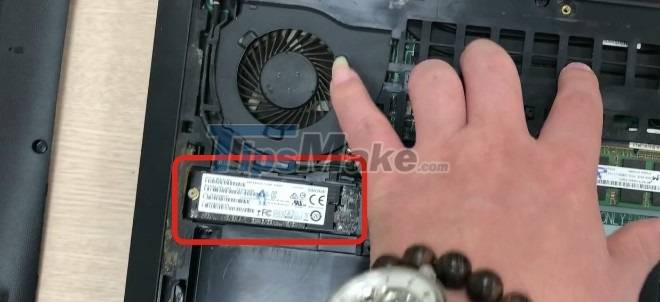
And then you can see the SSD drive, usually used to store the Windows operating system, if you have enough money, you can store your software and other data. Dismantling the SSD is also quite simple, you just need to unscrew the screw and then remove the drive from the slot.
As you can see, this is an SSD-only laptop. Some other laptop models have both HDD and SSD drives, depending on the needs of the user. HDD is also a data storage drive, but using old technology, it is larger and slower, in return, HDD is cheaper and has a higher storage capacity than SSD. When there are two drives, SSD is used to install Windows and programs that need frequent, high-speed access, and HDD is used to store large data or applications that are rarely touched (for example, language learning videos). Japan).
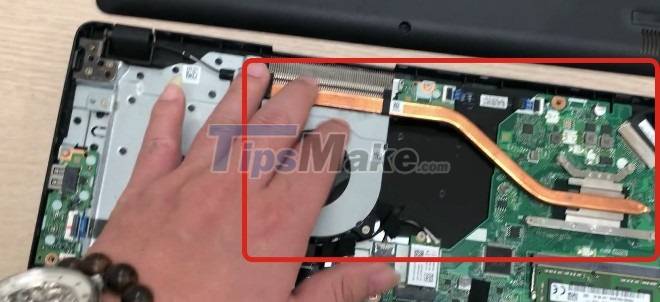
Usually office laptops will have a cooling fan as you can see in the picture. Connecting to the cooling fan will be a metal heatsink system that is attached to the CPU. Because the heatsink covers it, you won't see the CPU. Unlike desktop computers, laptop CPUs are attached to the motherboard, not removable. In theory, a few skilled workers can close the CPU or GPU of a laptop, but this work is hard and risky, so almost no one does it.
With a normal office laptop, there is only the built-in graphics chip in the CPU like this Acer. As for gaming laptops, we also have discrete graphics cards. Called a discrete graphics card, but in fact due to limited space, the laptop's graphics card is only encapsulated with a separate chip attached directly to the motherboard like the CPU. You also can't see the graphics chip because it's covered by the heatsink.
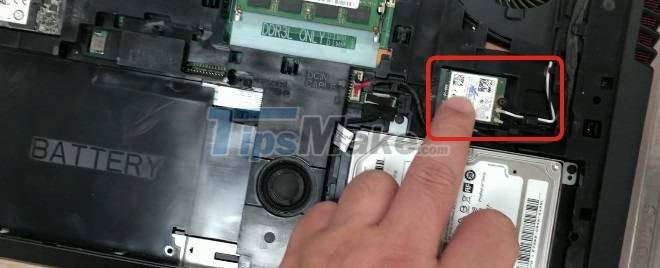
This is the wifi card, another component that you can easily replace.
Finally, the capacitors and other components on the motherboard. These little things you do not need to pay attention to because if they are broken, you will not be able to intervene or repair anything.
So I introduced you to the components inside a laptop. Hope the article will be useful to you.
You should read it
- Learn to use lesson 4 - Inside a computer
- Difference between desktop GPU and laptop GPU
- Start some common laptop diseases
- Inside and out of the small laptop Acer Aspire One
- Explore the inside of Galaxy Fold, impressive sorted components, flexible screen
- Inside The Backrooms Horror Game Tips
- The ultra-durable Dell Latitude E6430s weighs only 1.7 kg
- How to turn an old laptop screen into a magic mirror
- Toshiba laptops will use AMD chips
- Samsung R480 appeals outside - strong inside
- Exposure to fraudulently exchange components
- Is it right or wrong to turn clothes inside out when drying? Mistaken habits 90% of users make
May be interested

Compare MacBook Pro and MacBook Air

How to Record Audio Better on a Laptop

Lenovo introduces 2 new tablet models Tab P11 5G and Tab P12 Pro

Lenovo introduces new Yoga Slim 7 Pro and Yoga Slim 7 Carbon laptops

Laptop Buying Guide: How To Choose A Laptop That's Right For You

Choosing an outstanding laptop for graphic design and video editing






 6 reasons you should not put your laptop on your lap when working
6 reasons you should not put your laptop on your lap when working The most desirable laptop brands today
The most desirable laptop brands today Where is the laptop hot?
Where is the laptop hot? Do you need a laptop with a 'stone pot'?
Do you need a laptop with a 'stone pot'? Should I buy a PC or laptop for best performance?
Should I buy a PC or laptop for best performance? Laptops below 12 million are best for each criterion
Laptops below 12 million are best for each criterion